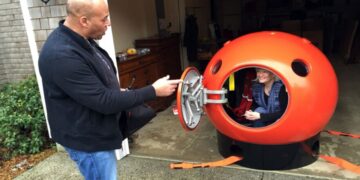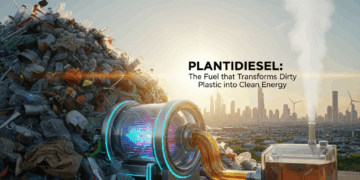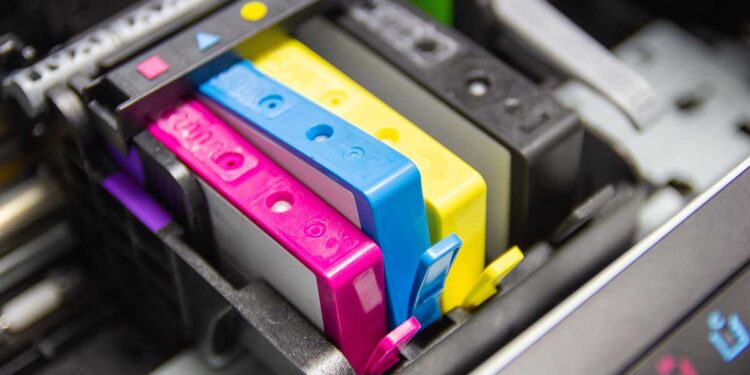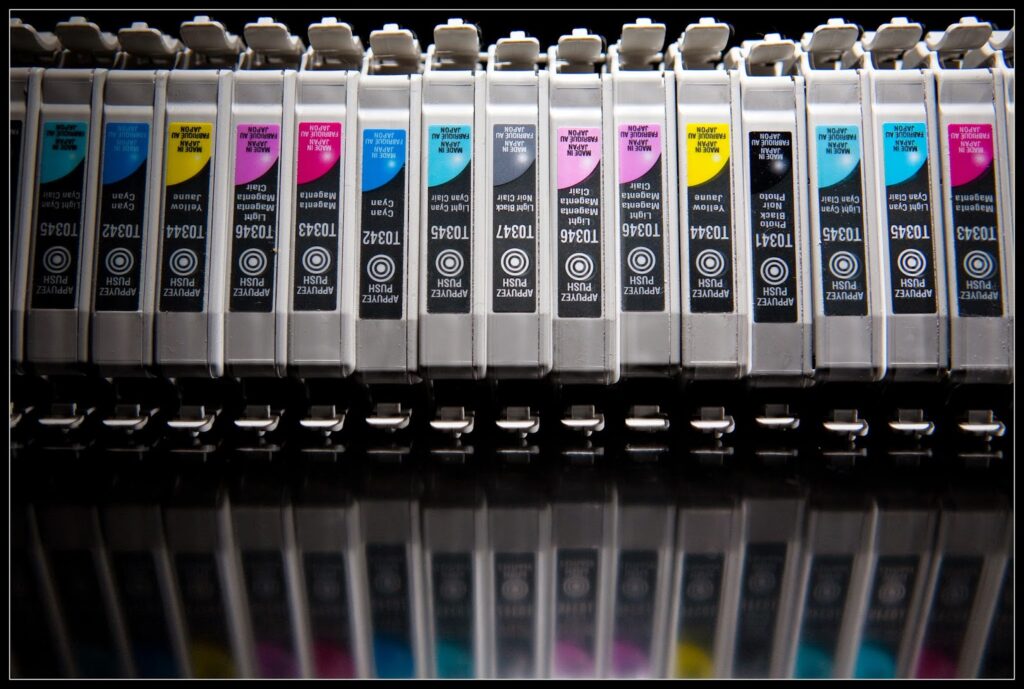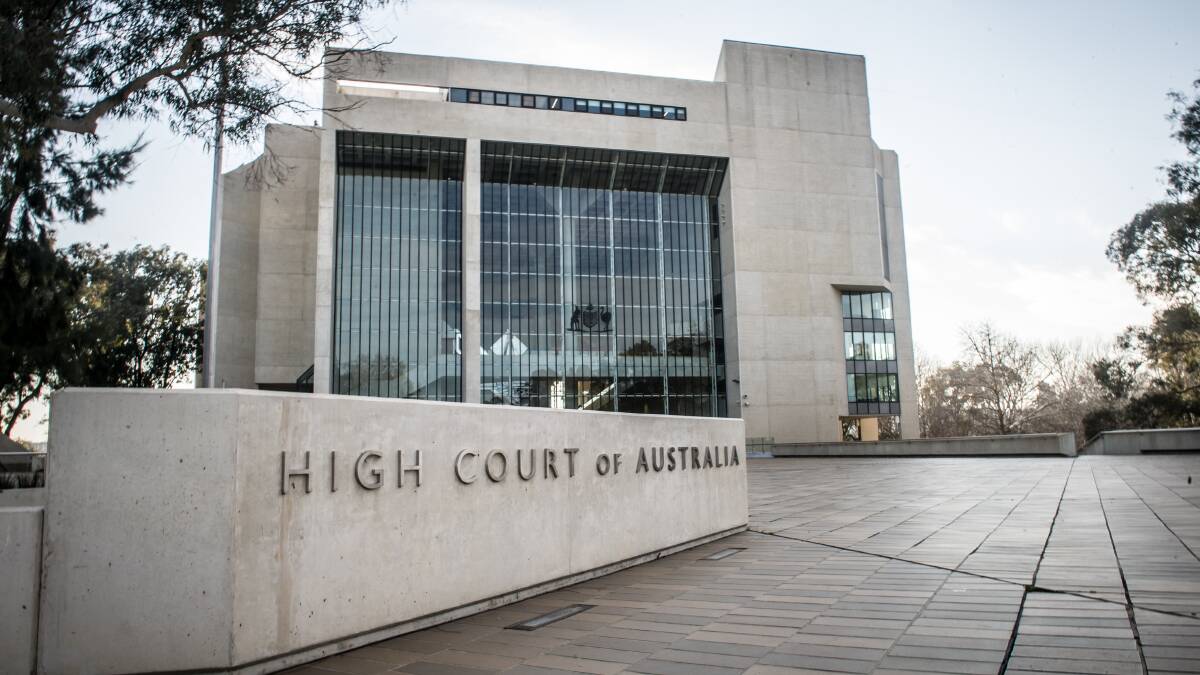This article is written byAyesha Lee and Sylvie Tsofrom Spruson and Ferguson
For the first time, the High Court adopted the doctrine of “patent exhaustion” to give an exhaustive conclusion to printer cartridge wars
For the first time, the High Court adopted the doctrine of “patent exhaustion” to determine the nature and extent of monopoly rights of patent owners and departed from the “implied license” theory, which had been used in Australia for more than a 100 years. Calidad Pty Ltd, distributor of refurbished printer cartridges, won a long-standing battle with Seiko Epson Corporation in its final appeal to the High Court. This decision has significant implications for both patent owners and businesses operating in industries in connection with the repair, refurbishment and recycling of goods and possibly, parallel importers.
The “patent exhaustion” theory simply means that the rights of a patent owner, in relation to the patented products, “exhaust” (i.e. are complete extinguished) at the point of sale. In other words, the sale takes the patented product outside the scope of the patent’s rights. The purchaser of the patented product may therefore deal with the product at his or her discretion, including modifying and repairing the products to prolong the life of the products, provided that such actions do not amount to the making of a new product that would otherwise infringe the patent. Under the “implied licence” doctrine, the patent owner grants to the purchaser of a patented product an implied licence to enjoy the product. However, the patent owner may impose restrictions on the use of a patented article. There will be a breach of patent rights if a purchaser is on notice and in breach of such conditions, or if the action of the purchaser simply falls outside the scope of the implied licence.
The Appeal
In this case, the Appellant, Calidad, was selling refurbished printer cartridges in Australia which were originally manufactured by Seiko Epson. As part of the refurbishment, a number of modifications were carried out to make the cartridges reusable. As previously reported, the Full Federal Court found that the modifications were not carried out to repair the cartridges, but to re-purpose them. Infringement of Seiko’s patent right was found for a number of “re-made” families of cartridges. A bench of seven judges heard the appeal. A majority of four judges (Kiefer CJ, Bell and Keane JJ, and for separate reasons Gaegler J) found that the doctrine of exhaustion of rights applied and infringement had not occurred. The remaining judges disagreed to the departure from the long-standing implied licence theory. The findings of Kiefer CJ, Bell and Keane JJ are discussed below, referred to as “the Court” or “the majority”.
Exhaustion of Rights of Patent Owners
The majority reasoning stated that:
- The question of principle which arises on this appeal concerns the scope of those rights and whether a patent’s rights with respect to the sale and use of a particular product should be regarded as exhausted when that product is sold or whether they continue.
- The Court considered the history and effect of exhaustion of rights at sale versus an implied licence. It was found that an implied licence was a “fiction…not a licence in fact granted by a patentee to a purchaser or later owner of a patented product” but rather a product of operation of courts.
- How patent rights are treated in the United States and the European Union were also considered, where the doctrine of patent exhaustions are adopted and recognized. It was noted that “the exhaustion doctrine leaves no patent rights to be enforced with respect to the particular product sold” such that the patentee continues “to have the right to use a product so made and to prevent others from doing so, at least until the product is sold”.
The Court appeared to consider an exhaustion of rights to provide a simpler solution, noting that “the notion of there being a licence to repair is apt to confuse and to distract attention from the statutory question whether the defendant has made the patented product”. Reference was made to Lord Hoffman’s finding that repair “is one of the concepts (like modifying or adapting) which shares a boundary with ‘making’ but does not trespass upon its territory”. The doctrine of exhaustion of rights was concluded to be the most appropriate.
Repaired v Remade
Australian law awards exclusive rights of a patentee to exploit an invention. Exploit, in terms of a product relates to a right to make, hire, sell or otherwise dispose of the product, or offer to do so. As discussed above, exhaustion of rights was found not to prevent a patentee from exploiting their rights to make the product until sale. The majority also discussed another relevant question of “whether modifications made to a product to enable its re-use amount to a making of a new product and infringe on that account”. The “real issue” in relation to infringement, was whether the modifications resulted in a new product being made. The Court clarified that the “sale of a patented product cannot confer an implied licence to make another and it cannot exhaust the right of a patentee to prevent others from being made”. The effect of the modifications performed by Calidad was summarised as being “modifications made to the original Epson cartridges… within the scope of the rights of an owner to prolong the life of a product and make it more useful. They do not amount to an impermissible making of a new product”.
It was also noted that the modifications “did not involve the replication of parts and features of the invention claimed” meaning there was no manufacture of a cartridge which embodied the features of the patent claim. As a new product relevant to the scope of the claims was not made, the exclusive rights of the patentee were not affected, and infringement did not occur.
You may also be interested in -> How India reduced patent approval period from 80 months to 8 months
Key Takeaways and the Future
This matter has had a long history, having been considered by 11 Australian judges in total. While the final decision has now provided the place of exhaustion of rights in Australian patent law, it will be interesting to see how industries will adapt to protect their rights for products that can be refurbished, for example printer cartridges, tyres and parts. Some key takeaways are set out below:
Imposing conditions of sale
The Court noted that exhaustion of rights “does not prevent a patentee from imposing restrictions and conditions as to the use of a patented product after its sale but simply requires that they be obtained by negotiation in the usual way and enforced according to the law of contract or inequity”. This would mean that the patentee may rely on contract law and impose conditions of sale on how purchasers may or may not use the patented products. Any unauthorized use would be regarded as a breach of contract but does not amount to patent infringement. Although many in house lawyers will be busy in the next few months reinforcing their conditions of sale, there will be practical difficulties in enforcing these terms.
Recycling programms
The Court had also affirmed that it is irrelevant that the products are designed or intended to be used as single-use and disposable products. Many patent owners who intend their products to beused only once may now consider ramping up their recycling programmes to reduce the share of the discarded cartridges making their way to businesses in the refurbished industry.
Technological measures
There may also be heavy investment on technological measures to develop ever-more sophisticated practical barriers to prevent any parts or components being re-used unintentionally.
International exhaustion of patent rights and parallel importation
Whilst the Court did not explicitly consider the issue of “international exhaustion of patent rights” (i.e. whether an authorized sale outside of Australia exhausts all patent rights), the majority decision did discuss the importance of free flow of goods in a market. In particular, the Court emphasized the need for certainty for an owner of a product to have full rights to use and dispose of the product, and that the implied licence theory may not be conducive with consumer expectations. With international trade becoming more important, Australia has already implemented a statutory defense under section 122A of the Trade Marks Act 1995 (Cth). Undersection 122A, a parallel importer may rely on a defence for trade mark infringement where a parallel importer, after making reasonable enquires, establishes that consent to use the trade mark has been given by the owner, an authorized user or their permitted representatives. Section 71(2) of the Design Act 2003 (Cth) also provides that there will be no design infringement of a registered design if the product embodies the design with the licence or authority of the registered owner of the design. It remains to be seen whether Australian patent owners will be able to rely on patent law to prevent parallel importers from buying the patented products cheaply overseas and importing them into Australia for resale.
Making and replication
It is important to recognise that, based on either the patent exhaustion or the implied license theory, the making of a new product protected by patent was impermissible – any action amounting to the making of a new patented product would impinge on the exclusive rights of the patentee to exploit the invention. In assessing whether certain acts amount to the “making” of a patented product, the majority decision emphasized that consideration is to be placed on whether such action involves the replication of parts and features of the invention claimed. In the case of Calidad, it was found that “the modifications [to the cartridges] did not involve the replication of the invention. There was no true manufacture or construction of a cartridge which embodied the features of the patent claim”.
Whether and how these trends are to be realized within the boundaries of exhaustion of rights will be seen in time.
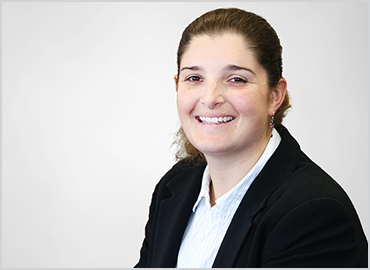 Ayesha Lee (Spruson and Ferguson)
Ayesha Lee (Spruson and Ferguson)
PRINCIPAL
PATENTS: ENGINEERING & ICT, DESIGNS
+61 9393 0100
[email protected]
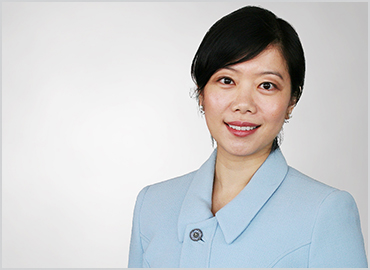 Sylvie Tso (Spruson and Ferguson)
Sylvie Tso (Spruson and Ferguson)
PRINCIPAL
SPRUSON & FERGUSON LAWYERS: COMMERCIALISATION, TRADE MARKS
+61 9393 0100 – [email protected]








